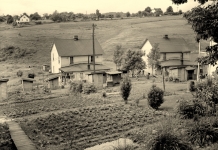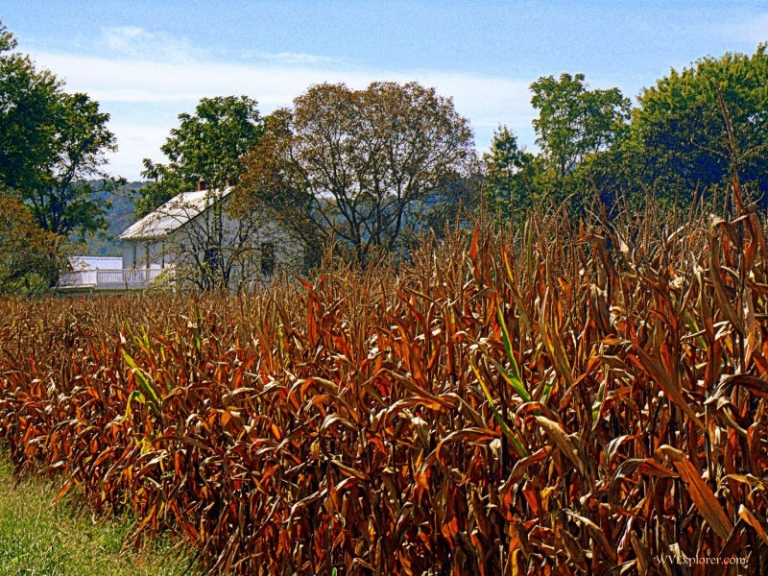Officials at the state Department of Agriculture are offering the following recommendations to farmers whose livestock are suffering from water shortages as a result of drought.
Commissioner of Agriculture Kent Leonhardt says steps can be taken to remedy some problems now and as winter approaches.
"When the weather gets this hot, farmers have to use extra resources to keep crops, as well as animals, healthy," Leonhardt said. "As traditional sources of water run low, farmers are forced to find alternative sources."
WVU Extension Specialist Edward Rayburn says farmers might even consider selling off market-ready animals.
"Farmers should dust off their drought management plans," Rayburn said.
"If need be, balance off the herd by selling those animals ready for market. We do not want farmers to lose or have to sell underweight animals."
The department is providing the following advice in conjunction with the West Virginia Conservation Agency, WVU Extension Service, and the USDA Farm Service Agency.
- Make sure livestock have adequate high-quality water—low in minerals such as salts, sodium, iron, sulfur, and aluminum.
- Ensure cattle are not heat-stressed. Watch for panting. As the season progresses and temperatures cool, heat stress is less likely.
- If you are out of pasture, confine animals to one pasture or aftermath hayfield with adequate water and feed hay.
- Do not make the cattle clean up all the hay. Allow for a 10-percent refusal to ensure that they have adequate feed.
- The best field or pasture to feed on is one that has a lower soil-test value for potassium (K) and phosphorus (P). The soil in such a field will respond to the nutrients recycled from the wasted hay and manure.
- Once rain replenishes the soil and plants start growing again, move cattle to new pasture once that pasture reaches 8 to 10 inches in height.
- Inventory your hay and pasture supplies now to ensure there is adequate forage for fall grazing and sufficient hay to make it through the winter.
- If you need to haul water you can use caged water tanks from chemical and food industries. Be sure to read the labels on the containers and only use these containers if you know they were used for food.
- Farmers can also acquire caged water tanks from the chemical and food industries. Again, be sure to read the labels on containers and only use containers if you know they were used for food.
Farmers should report drought conditions or any livestock deaths to their local Farm Service Agency Office. For more information, farmers may review this 2019 Livestock Assistance Fact Sheet.






























Facebook Comments